Can someone help me with scipy.stats.chisquare? I do not have a statistical / mathematical background, and I am learning scipy.stats.chisquare with this data set from https://en.wikipedia.org/wiki/Chi-squared_test
The Wikipedia article gives the table below as an example, stating the Chi-squared value based on it is approximately 24.6. I am to use scipy.stats to verify this value and calculate the associated p value.
I have found what looks like the most likely formula solutions to help me here
https://docs.scipy.org/doc/scipy/reference/generated/scipy.stats.chisquare.html
As I am new to statistics, and also the use of scipy.stats.chisquare I am just not sure of the best approach, and how best to enter the data from provided table into the arrays, and whether to supply expected values? from Wikipedia.

